The Chicago Minimum Wage Ordinance raises the city’s minimum wage annually by the rate of inflation, with a cap of 2.5%. The city’s minimum wage increased to $15.40 per hour on July 1, 2022. Illinois’ minimum wage is currently $13.00 as of January 1, 2023 and will increase to $15 per hour by January 1, 2025.
The minimum wage ensures a minimum standard of living and protects worker health and well-being.
A 10% increase in the minimum wage boosts average incomes by 1.2%.
The $15 minimum wage will lift 100,000 Chicago workers out of poverty.
The average wage needed to afford a modest one-bedroom apartment in Illinois is $16.36 per hour for a full-time worker.
The share of renters who are housing cost burdened will decrease by 20% in Chicago with a $15 minimum wage.
The $15 minimum wage will boost worker earnings across Illinois, with the largest impacts occurring outside of the Chicago region. The policy change will raise incomes for workers by about…
$4,000 in the Chicago area.
$8,000 in the Springfield and Bloomington-Normal areas.
$7,000 in the Rockford and Champaign-Urbana areas.
$6,000 in the St. Louis area.
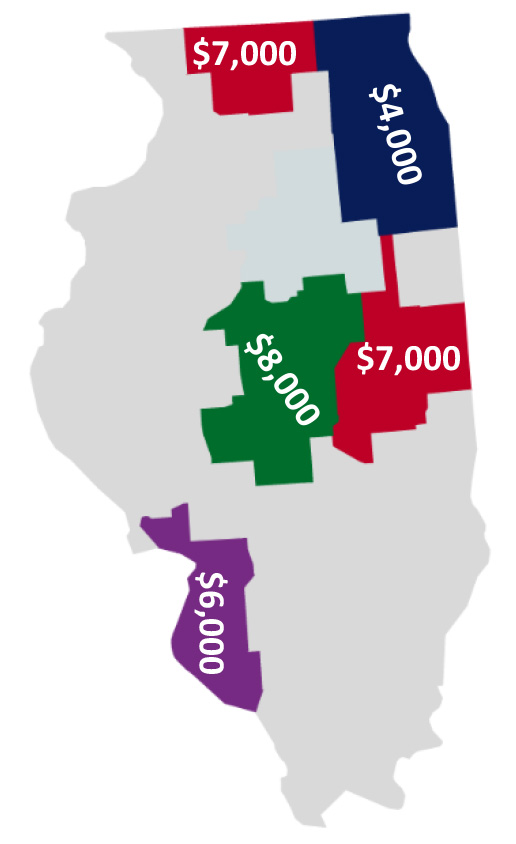
About 1.4 million adult workers in Illinois will be directly impacted by the increase, with an average raise of $6,000 annually.
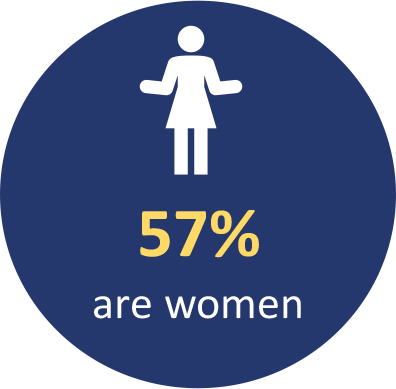
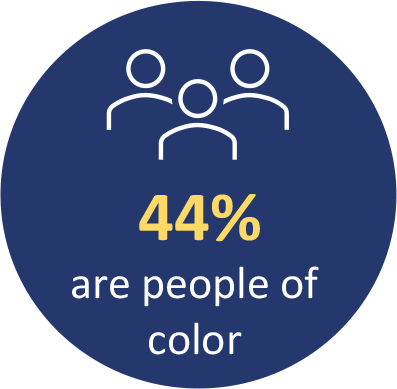

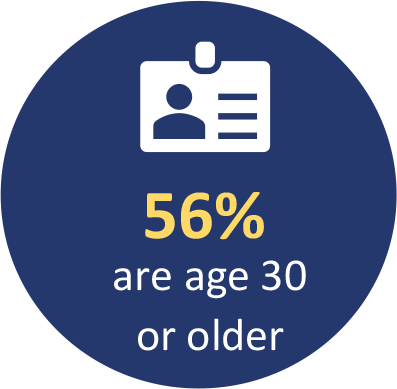
Increasing the minimum wage to $15 an hour will boost the economy. Research finds little to no significant impact of minimum wage laws on employment or hours worked.
The $15 minimum wage will lift more than 200,000 Illinois workers out of poverty.
Following minimum wage hikes, worker turnover falls and workers are no less likely to be employed.
States with higher minimum wages have recently had higher job growth.
An additional $380 million in annual state tax revenue will be generated.
Featured Work:
Raising the Minimum Wage to $15 in Chicago by 2021: Effects on Incomes, Employment, and Prices
September 5, 2019 |The Regional Impacts of a $15 Minimum Wage in Illinois: Estimates for Six Regions
February 5, 2019 |Raising the Minimum Wage: What $10, $13, or $15 Per Hour Would Mean for Illinois
October 25, 2018 |Minimum Wage, Maximum Benefit: How a $10 Wage Floor Impacts All Workers and the Economy
March 17, 2014 |
